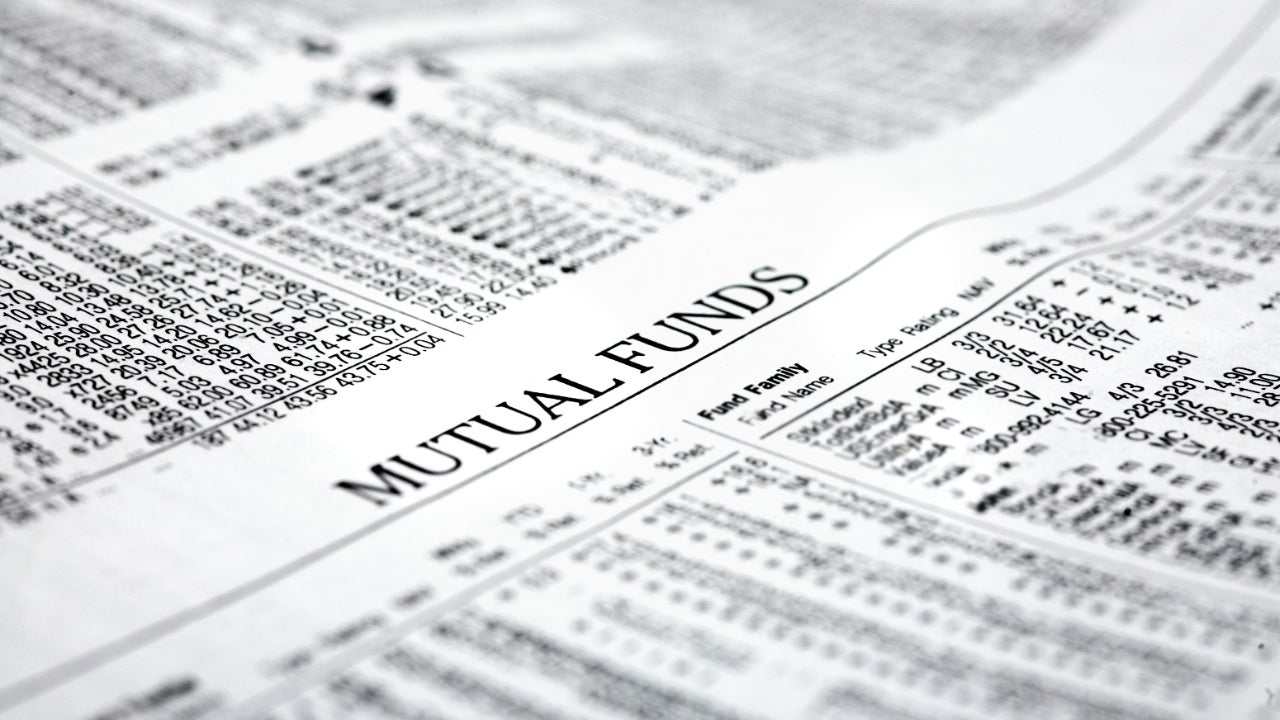Covered call funds: Here’s how they work

As inflation continues to rise, investors are seeking ways to protect their purchasing power and increase their income. Covered call strategies offer an appealing way to increase your investment income and protect against market downturns. While this strategy can be challenging to execute on your own, exchange-traded funds (ETFs) make it simpler for investors to adopt a covered call approach.
Here’s what you need to know before buying a covered call ETF, including some of the potential drawbacks.
What is a covered call fund and how do they work?
A covered call fund is an investment vehicle that generates income for fundholders by selling call options on the stocks in their portfolio.
For example, a covered call strategy may involve selling a call option with a strike price above the current market price of a stock, like Apple (AAPL), and receiving an upfront payment that generates income for fundholders.
If the price of Apple declines, the fund’s downside is somewhat protected because it received the premium payment for selling the call option. The sold call will expire worthless, and the fund will continue to hold the shares.
However, if Apple shares rise above the strike price of the call option sold, the call buyer may exercise their option and “call” the shares away from the fund. In this case, the fund won’t experience the full appreciation of the stock because of the sold call.
When is a good time to buy covered call funds?
Covered call strategies tend to perform the best when markets don’t move much in either direction. A stable or sideways market enables your holdings’ value to remain fairly constant while you earn income from selling call options.
However, if the market moves strongly to the upside, the call options you sold will likely be exercised, causing you to miss out on the potential gains. If markets drop significantly, the income you earned from selling options will offer some protection, but won’t entirely shield you from losses.
For instance, in 2022, the S&P 500 Index, including dividends, fell 18.1 percent, while the Global X S&P 500 Covered Call ETF (XYLD), which writes calls on the index, fell by 12.1 percent.
Risks of covered call funds
Covered call funds carry risks that investors should be aware of.
- Missed gains – In a strong market, covered call funds may not fully realize the potential gains of their stocks since they can get called away by whoever bought the call options.
- Decline in holdings – It’s important to remember that the value of covered call funds may still decline if their holdings lose value, but the decline will be lessened by the income generated from writing calls.
- Fund fees – Investors should keep an eye on the fees charged by covered call ETFs as they typically have higher expense ratios, or fees, when compared to those of a traditional index fund.
- Tax Implications – Income earned from a covered call fund held in a taxable account, such as a brokerage account, will be taxed at ordinary income rates. Investors can avoid this tax liability by holding the funds in a tax-advantaged account, such as an IRA.
Covered call ETFs to consider adding to your portfolio
(Note: Information accurate as of March 14, 2023)
If you’re interested in exploring covered call ETFs, here are a few options to consider:
Global X S&P 500 Covered Call ETF (XYLD)
This ETF invests in S&P 500 companies while also selling calls on the index. As of March 2023, it held approximately $2.4 billion in assets.
12-month yield: 12.8 percent
1-year return: -3.6 percent
Expense ratio: 0.60 percent
JPMorgan Equity Premium Income ETF (JEPI)
This fund holds about 130 stocks and generates income by selling out-of-the-money S&P 500 call options. Its top holdings include Progressive Corp. (PGR), Abbvie (ABBV) and Coca-Cola (KO).
12-month yield: 12.0 percent
1-year return: 0.8 percent percent
Expense ratio: 0.35 percent
Global X Nasdaq 100 Covered Call ETF (QYLD)
This ETF holds companies in the Nasdaq-100 Index and sells calls on the same index to generate income. The fund held approximately $6.9 billion in assets, as of March 2023.
12-month yield: 12.9 percent
1-year return: -1.1 percent
Expense ratio: 0.60 percent
Global X Russell 2000 Covered Call ETF (RYLD)
This fund focuses on small-cap companies by owning stocks in the Russell 2000 Index and selling calls on the index. It also uses a Vanguard ETF to gain exposure to the index. The fund held $1.4 billion in assets, as of March 2023.
12-month yield: 12.9 percent
1-year return: -9.9 percent
Expense ratio: 0.60 percent
Bottom line
Covered call ETFs can be a way to generate additional income from your investments, but they should be used as part of a diversified portfolio. Be sure to understand how a covered call strategy works before investing and watch out for fund fees, which can eat into your overall returns. If you’re looking to boost the income generated from your portfolio, you might also consider high dividend stocks.
Editorial Disclaimer: All investors are advised to conduct their own independent research into investment strategies before making an investment decision. In addition, investors are advised that past investment product performance is no guarantee of future price appreciation.
You may also like






